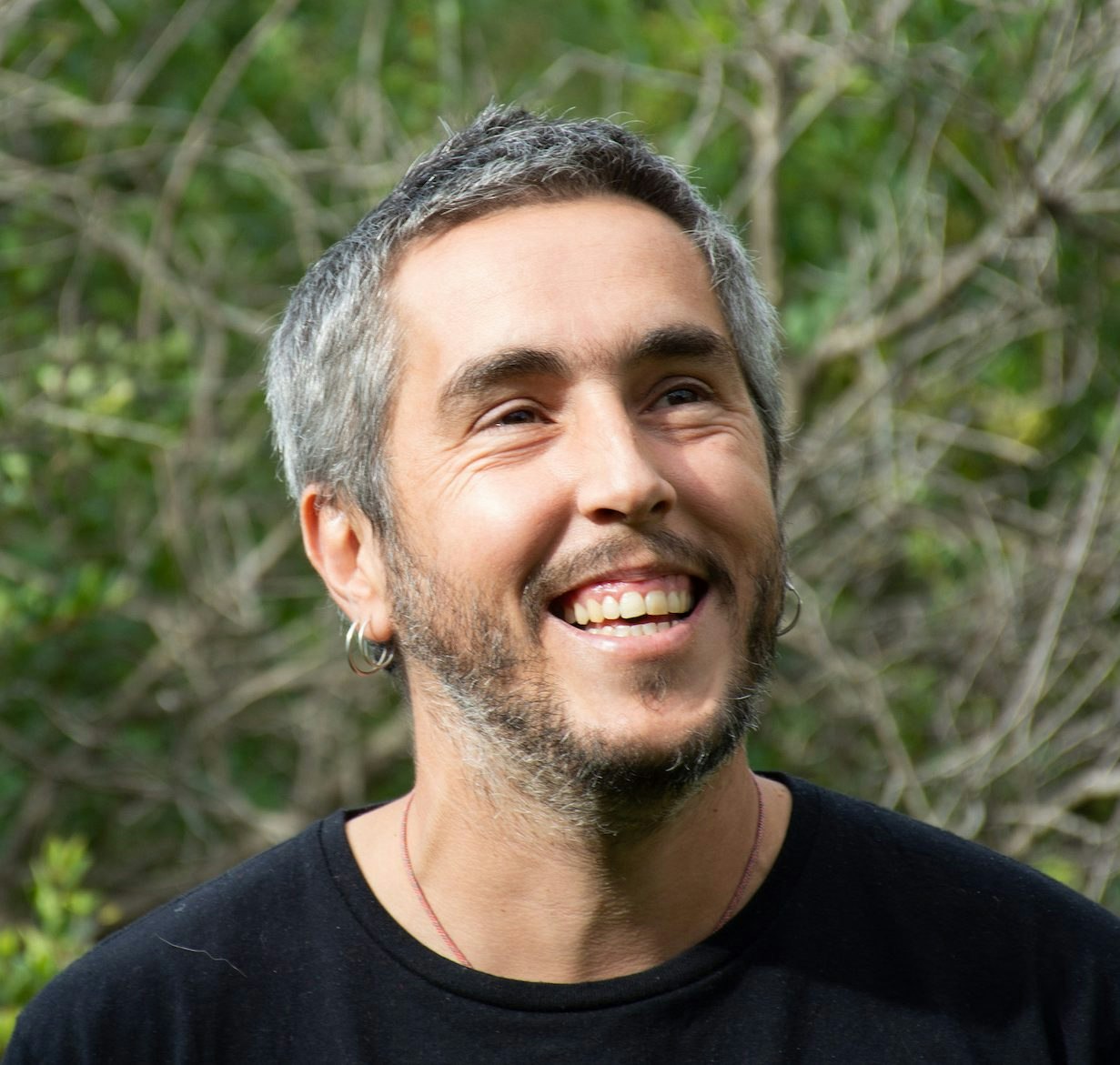Even the world’s most inhospitable environments are now reached by the ripple of mankind. The recently discovered Hooded Grebe, with its complex courtship dance, is struggling to survive the impact of invasive species and industry.
PATAGONIAN STEPPE
The Patagonian Steppe, characterised by epic scenery and extreme weather, is a vast and seemingly empty space. Often regarded as “wilderness” or “wasteland” with few human inhabitants, governments too frequently favour it for unsustainable extractive industries such as mining and petrochemical exploration. In reality, many lakes scattered across this steppe are home to an abundance of bird species during their summer migration.
HOODED GREBES
Hooded Grebes appear as “white dots” on plateaus, detectable by only the most experienced of observers. Unsurprisingly, the species went unnoticed until 1974. Since then, they have become an emblematic bird for these Austral lands yet remain Critically Endangered. Despite the creation of Patagonia National Park in 2015, which protects almost 50% of its breeding population, the Hooded Grebe is still suffering from global warming, invasive species, and land-use changes. Numbers have declined by a staggering 80% in the past 20 years.
BACK FROM THE BRINK
Kini and his team at Aves Argentinas and the Argentinean Scientific Council have worked relentlessly to bring the Hooded Grebe back from the brink, controlling invasive chick-predating species such as the American mink. Now they need to scale up. By increasing scientific knowledge of the Hooded Grebe, Kini can develop strategies to protect its breeding habitat from development. He will also train more conservationists to build local capacity for preserving Patagonia’s astonishing ecosystem.
Kini and his team will:
- Study site fidelity and migratory routes of the Hooded Grebe to help develop a long-term conservation strategy for the species and its habitat.
- Outsource invasive species management to regional stakeholders such as park rangers, to reduce grebe predation.
- Consolidate the role of Juan Mazar Barnett Biological Station as a key scientific institution and increase its capacity by training a cohort of early-career conservationists.
- Communicate his conservation message to a broader local, national, and international community of all ages, from adults to school children.
Top facts:
- The Hooded Grebe has one of the most complex courtship dances of all birds.
- The Patagonian Steppe spans 673,000 km2, making it the largest desert in Argentina and the eighth largest in the world.
- The Hooded Grebe has a large portion of unique evolutionary history and is 21st on the Evolutionarily Distinct and Globally Endangered (EDGE) birds list.
“I saw my first Hooded Grebe in 2009; less than a year later I was committed full time to the conservation of this species. Understanding how humans are affecting them, in order to recover the population, has become my passion.” Kini Roesler
Image credits: Dario Podesta (Hooded Grebe on nest), Ugo Mellone (Hooded Grebes on high plateau).
PROJECT UPDATE
2023 Continuation Funding
Protecting the Patagonian Steppe
£100,000 over 2 years
The Critically Endangered Hooded Grebe is a symbol of the Patagonian steppe, pushed to the brink by invasive species, resource extraction, and unpredictable weather patterns due to climate change.
Kini Roesler and his team at Aves Argentina have helped stabilise the fragile populations, building infrastructure to protect nests from strong winds, gaining local support through creative education campaigns, and establishing evidence-based conservation strategies that are ready to be scaled.
With Continuation Funding, Kini will continue to answer critical questions about the grebe’s life cycle while extending his research to include three additional flagship species of the Patagonian steppe: the Southern River Otter, Austral Rail, and Wolffsohn’s Vizcacha. He will work with other organisations and stakeholders in the area to expand the ongoing invasive species management system, replicating successful conservation strategies across Patagonia. Lastly, he will continue to invest in the next generation of scientists, strengthening his training programme for early-career conservationists and equipping them with specific knowledge and skills to protect this unique and often forgotten landscape and the rare species that thrive there.






